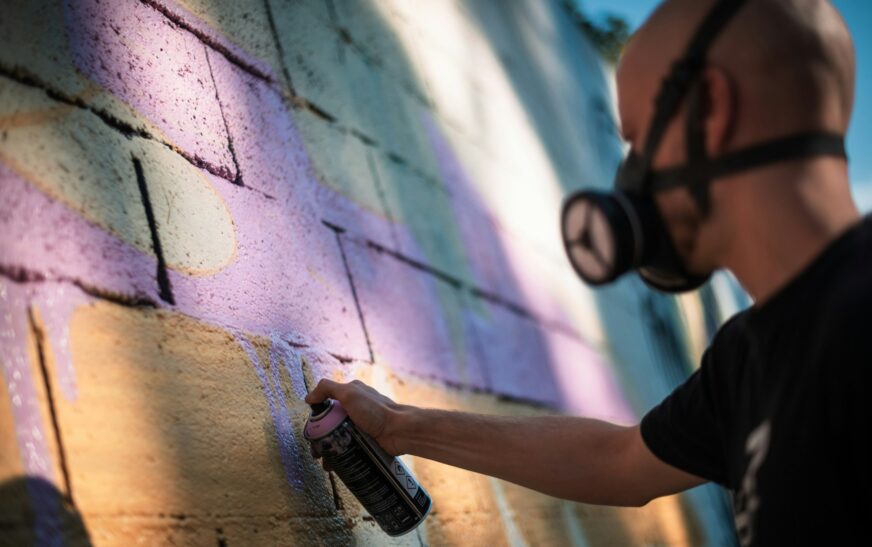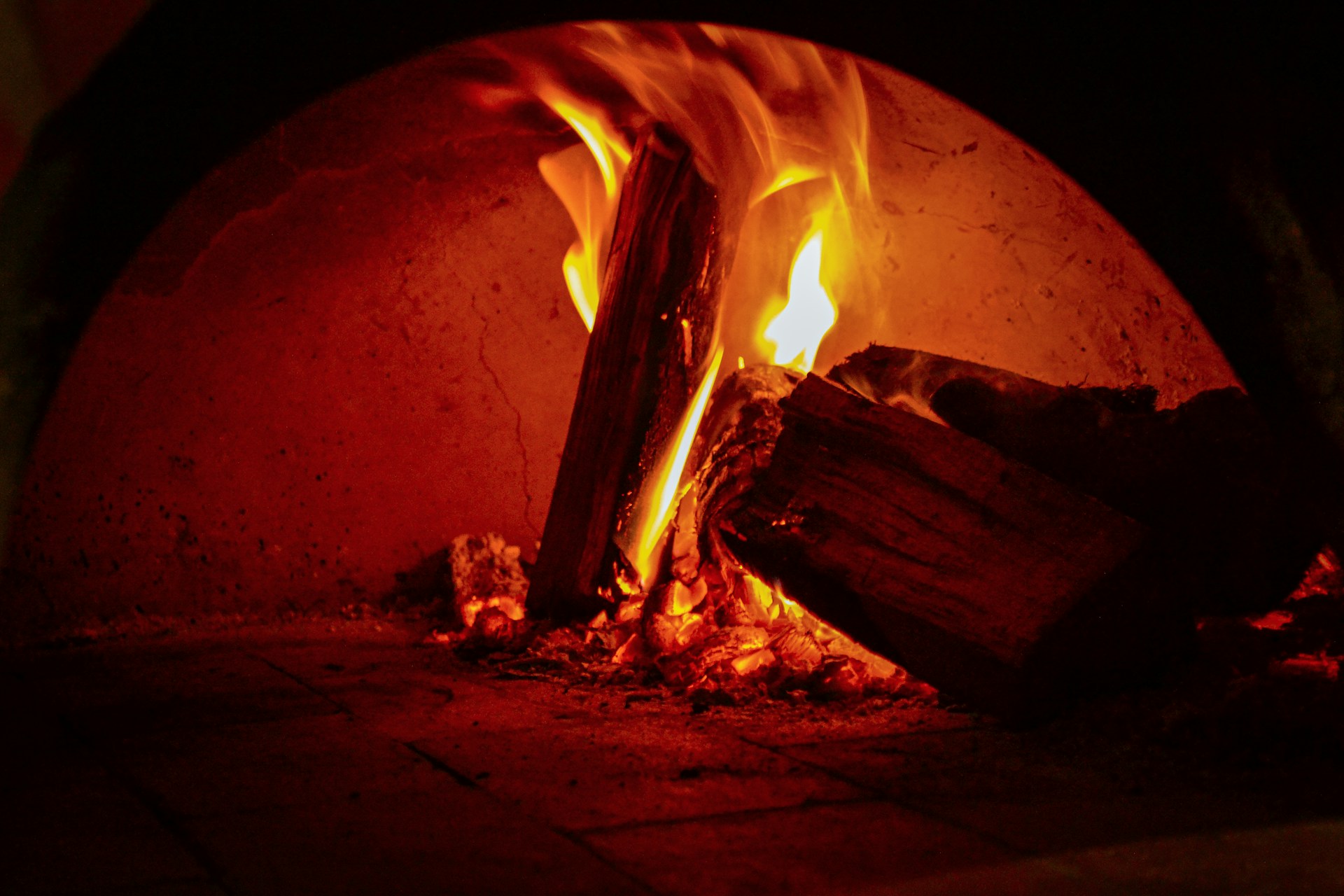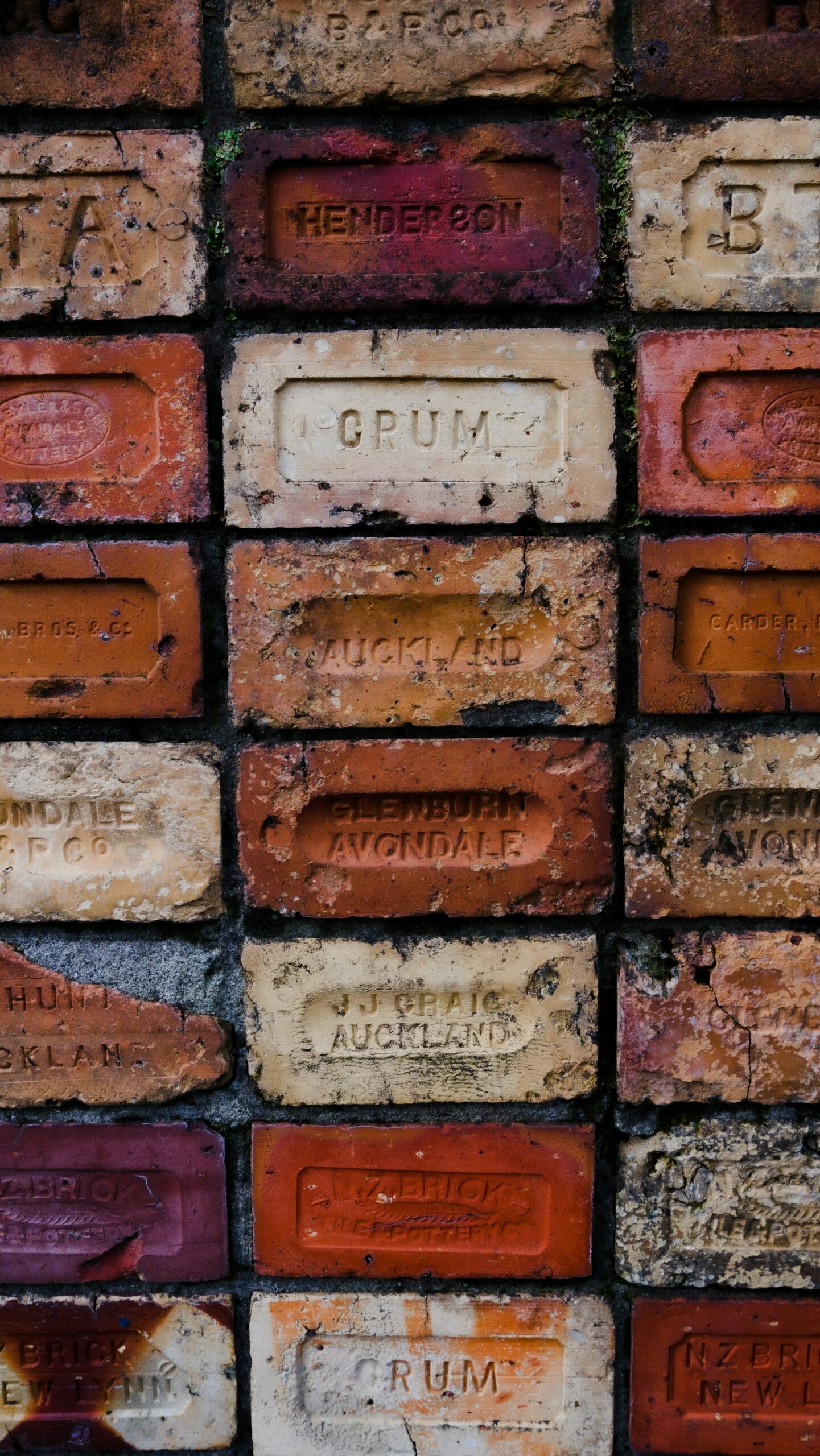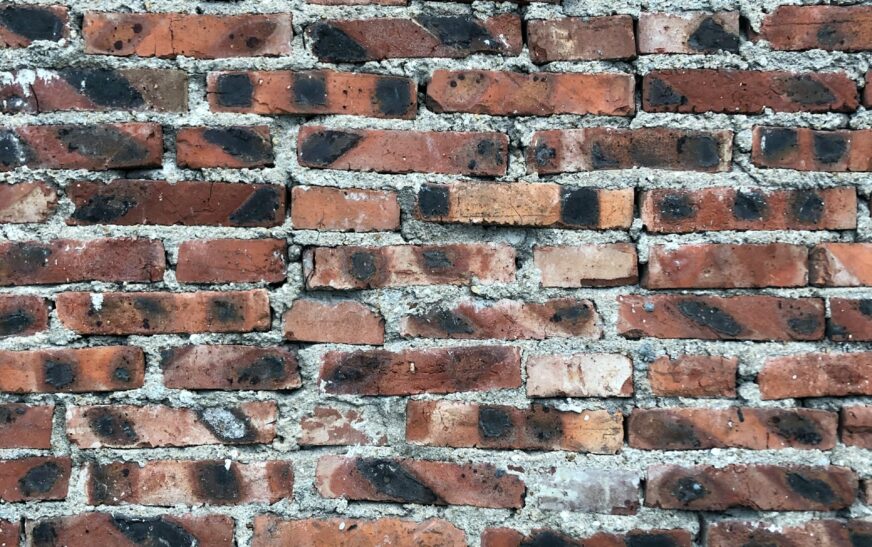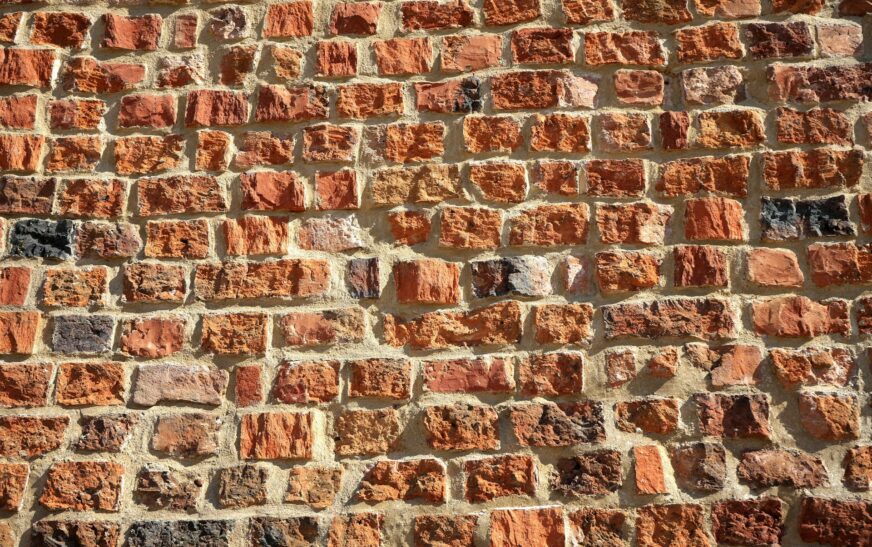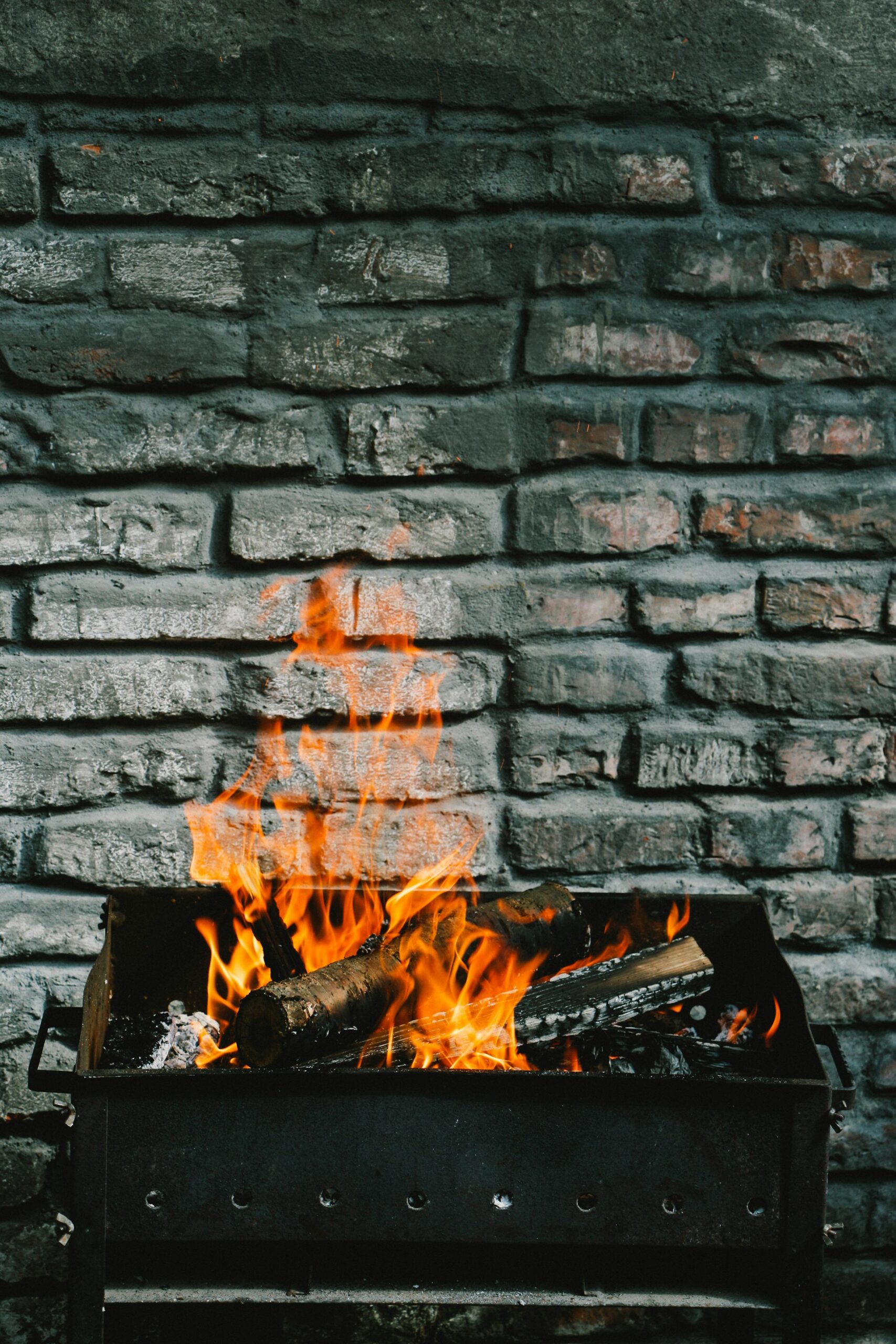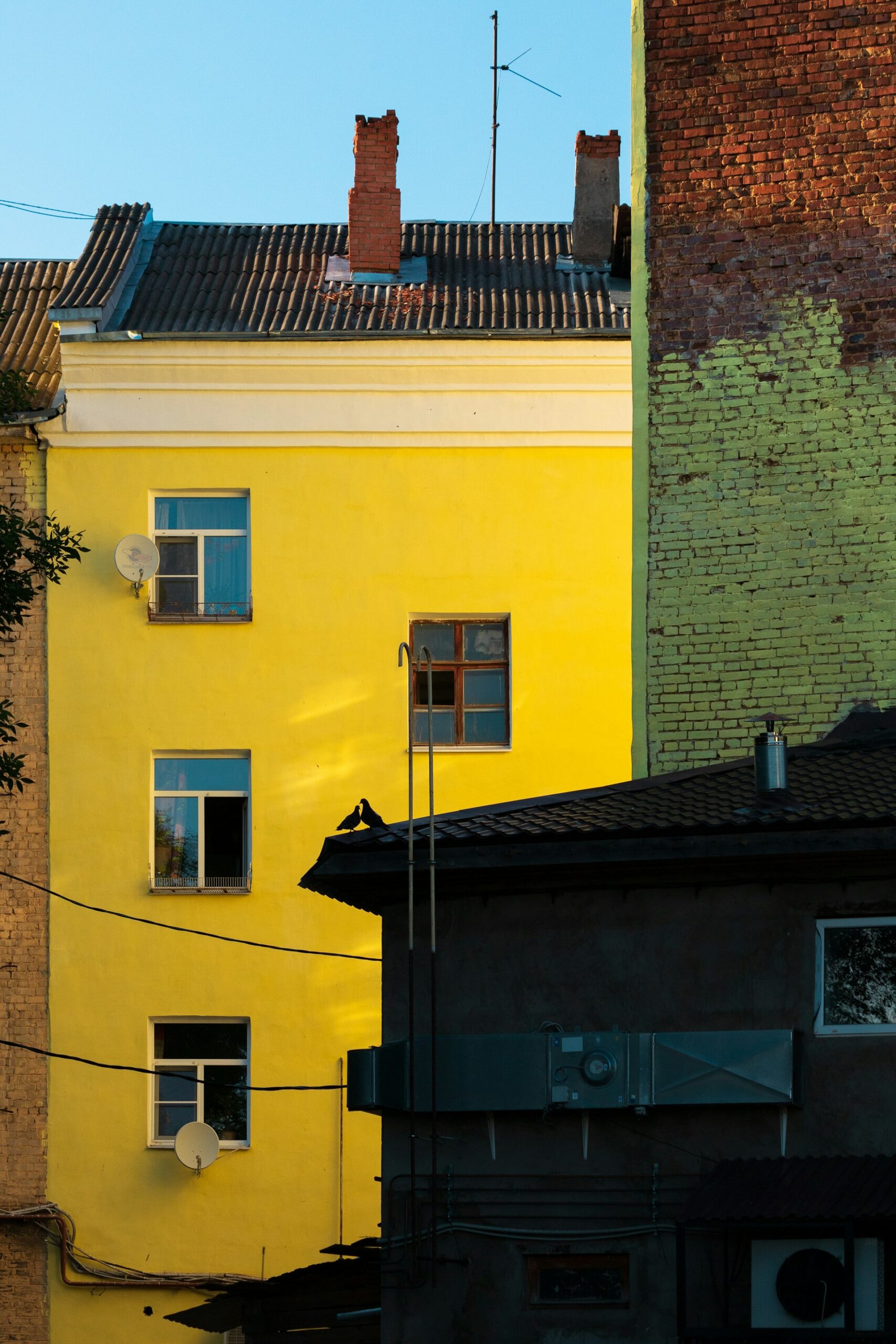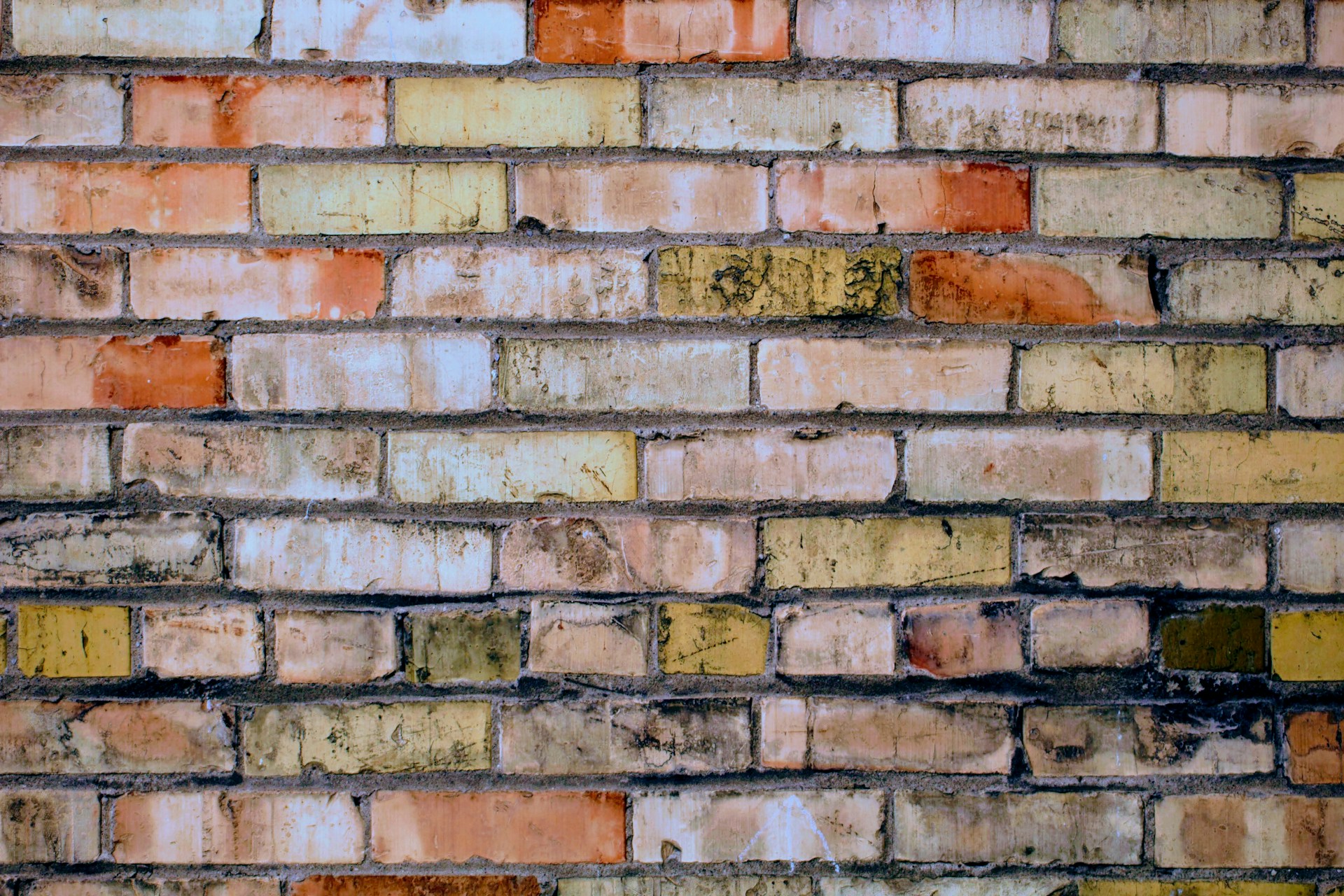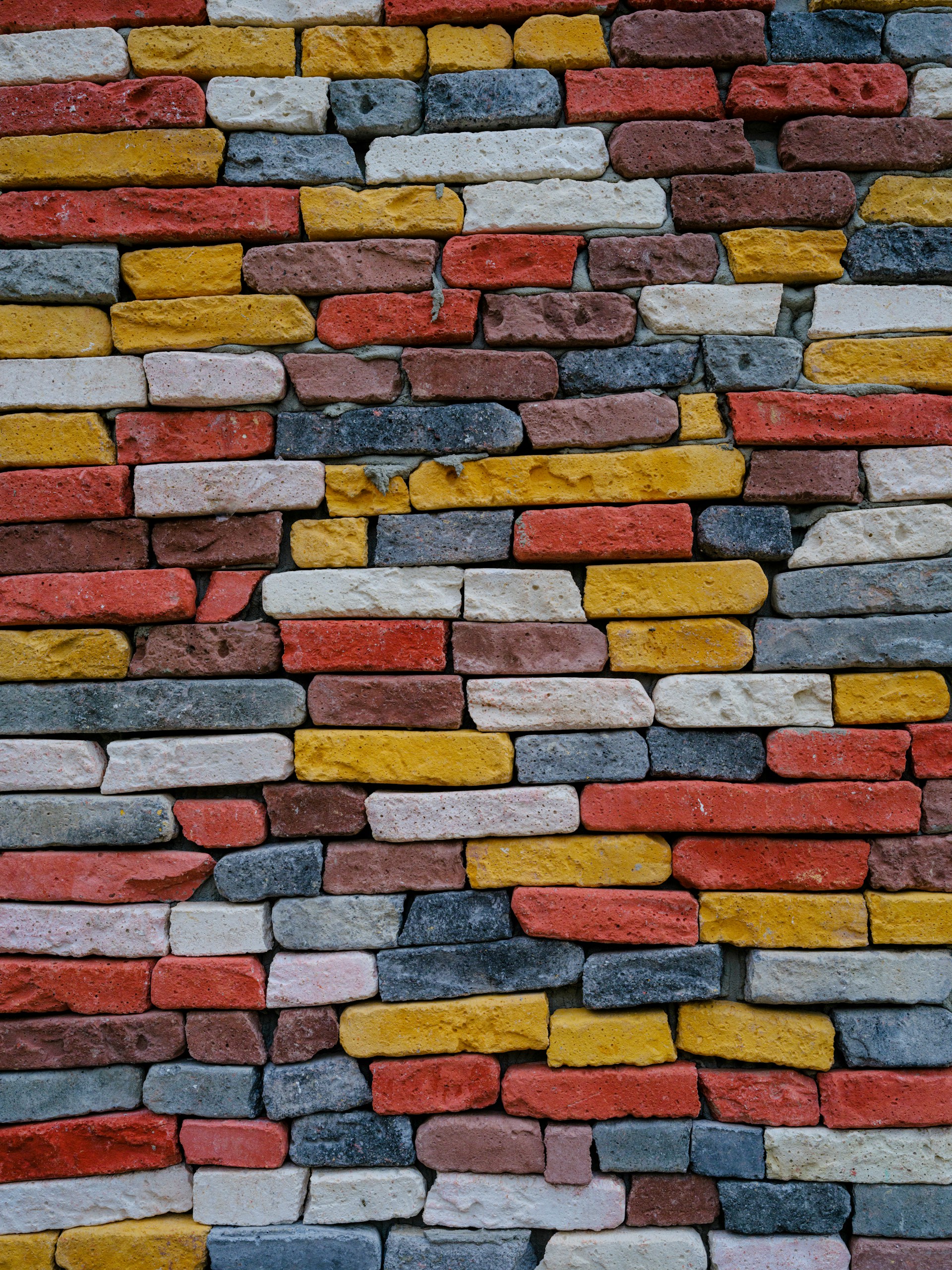Spray paint can be a tool for art, a DIY lifesaver, or—let’s be honest—a total nightmare when it lands somewhere it shouldn’t. Whether it’s accidental overspray, unwanted tagging, or a project gone sideways, brick surfaces can quickly end up with stubborn paint stains. If you’ve ever muttered, “How do I get this off?” you’re definitely not alone.
Brick is rough, porous, and loves to hold onto anything that touches it. That’s why simple soap and water usually won’t cut it. But don’t panic—with the right techniques, tools, and a bit of elbow grease, your brick can look almost brand new again.
Why Spray Paint Is So Hard to Remove from Brick
To tackle the problem, you need to understand it.
Brick isn’t smooth like drywall or metal—it’s textured, uneven, and highly absorbent. Once spray paint dries, it sinks into every tiny crack and crevice. Removing it isn’t just about cleaning the surface—it’s about lifting the pigment that’s embedded deep in the brick.
Best Methods for Removing Spray Paint from Brick
From quick DIY fixes to professional-grade solutions, here’s what works:
1. Pressure Washing (Outdoor Use Only)
Best for: Exterior walls, patios, garages, or walkways.
A pressure washer is your friend—but only outside. Too much pressure too close can damage the brick or mortar.
Steps:
- Wet the brick with water to prevent cleaning agents from being absorbed instantly.
- Apply a masonry-safe graffiti remover or paint stripper.
- Let it sit for 10–20 minutes (follow the product instructions).
- Use a pressure washer (1,500–3,000 PSI) with a fan nozzle, keeping a safe distance.
Note: Not suitable for indoor or fragile, historic brick.
2. Masonry Paint Removers (Chemical Solutions)
Best for: Interior brick or delicate surfaces.
Gel-based removers cling to vertical surfaces and penetrate deep into the brick.
Steps:
- Apply a thick layer with a brush.
- Let it sit for 20–60 minutes.
- Scrub with a stiff nylon-bristle brush.
- Rinse with clean water. Repeat if needed.
Avoid metal brushes—they can scratch brick or leave rust stains.
3. Baking Soda Blasting (Professional-Grade)
Best for: Large walls, historic buildings, or delicate brick surfaces.
This is a gentle alternative to sandblasting. Pressurized baking soda removes paint effectively without harming brick or mortar.
Requires specialized equipment and expertise—usually a pro job.
4. Household Remedies for Light Overspray
Best for: Small areas, recent paint, or minor touch-ups.
- Rubbing alcohol or acetone (nail polish remover): Apply with a cloth and scrub gently.
- Vinegar and baking soda paste: Mildly abrasive and non-toxic.
- Toothbrush or detail brushes: Perfect for mortar joints and tiny crevices.
These methods are great for light cleanup but won’t work on thick or old paint.
Safety First
Before you start scrubbing or spraying:
- Wear gloves, goggles, and a mask when using chemicals.
- Ventilate indoor areas well.
- Test products on a small, hidden area first.
- Read labels carefully—some products aren’t safe for older or previously painted brick.
Read More : How Do I Remove Spray Paint from Brick? The Right Way to Clean It Without Damage
Preventing Future Spray Paint Stains
Once you’ve gone through the hassle of removing spray paint, you probably don’t want to do it again anytime soon. Here’s how to keep your brick safe:
- Apply a breathable masonry sealer: Makes future paint removal easier.
- Use anti-graffiti coatings: Let paint wipe off with water or mild cleaners.
- Landscape strategically: Shrubs, fences, or barriers can deter taggers.
Spray paint on brick can be a headache, but with the right approach, patience, and a little elbow grease, it can be removed—leaving your brick looking fresh and clean again.

